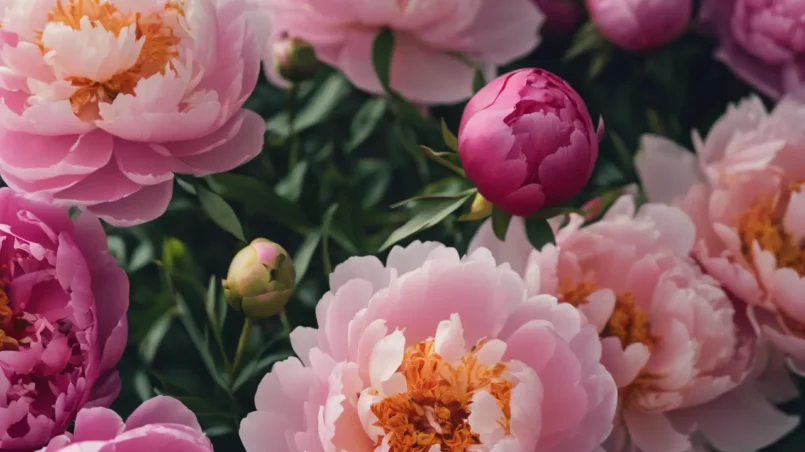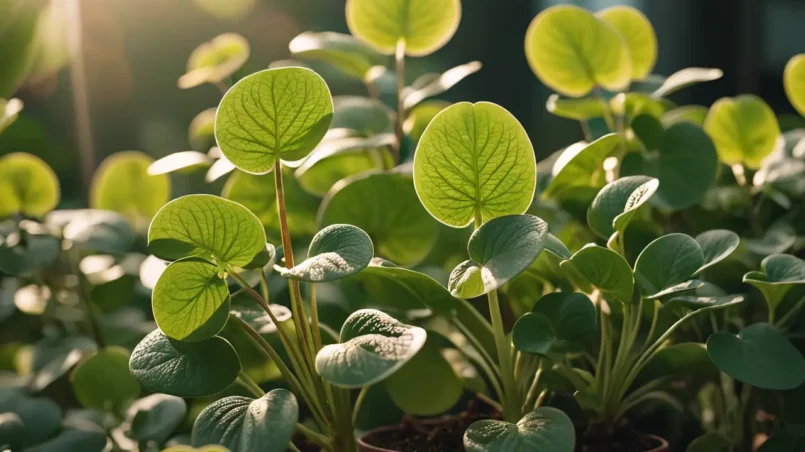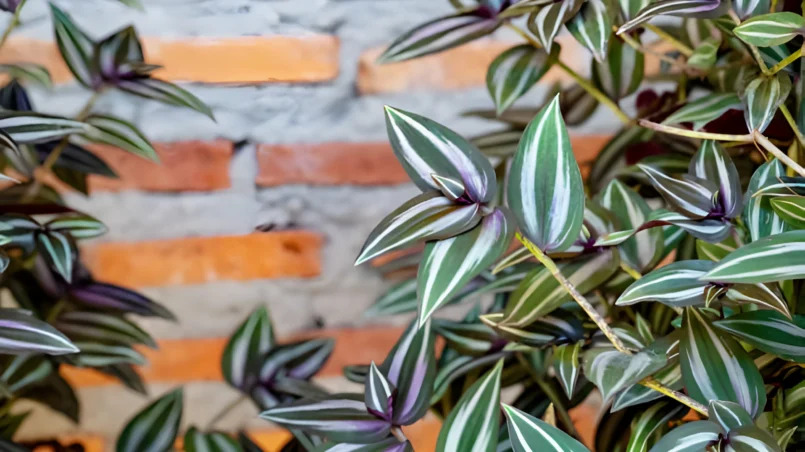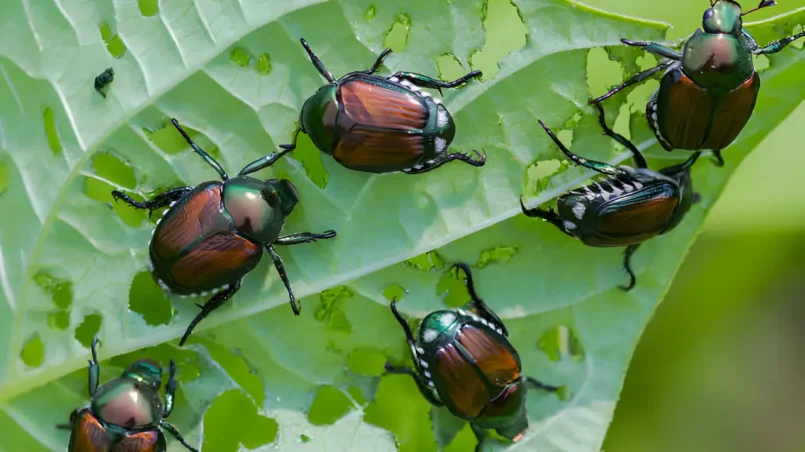Peonies, with their lush, full blooms and rich colors, stand as a symbol of beauty and prosperity in gardens and floral arrangements worldwide. These perennial flowers have captivated the hearts of gardeners and floral enthusiasts for centuries, not only for their stunning appearance but also for their fragrance and the sense of elegance they bring to any setting. However, behind their exquisite beauty lies a common perception: peonies are often considered an expensive choice. This article...
Pilea peperomioides, commonly known as the Chinese Money Plant, is an eye-catching houseplant, beloved for its unique, round, coin-like leaves and ease of care. A symbol of prosperity and friendship, Pilea is not only a decorative addition to the home but also a popular choice for sharing among friends and family. This guide dives into the various methods of propagating Pilea, allowing even novice gardeners to expand their collection and share the joy of gardening. Pilea...
Inch plant, scientifically known as Tradescantia zebrina, is a lush, fast-growing vine cherished for its strikingly patterned leaves and ease of care. This plant, often gracing indoor spaces and shaded garden spots, is not only a visual delight but also a prime candidate for propagation. Propagation, the process of creating new plants from an existing plant, stands as a testament to the wonders of gardening, allowing enthusiasts to expand their collection and share with others. The allure of...
Olive trees (Olea europaea) have been cherished for centuries, not just for their delicious fruits and the oil produced from them but also for their aesthetic appeal in gardens and landscapes. With their silvery leaves, gnarled trunks, and the ability to thrive in many climates, olive trees can add a touch of the Mediterranean to any setting. However, for pet owners, especially those with cats, the beauty of these trees might come with concerns. One of the pressing questions is whether olive...
Lilac bushes (Syringa spp.) are cherished by gardeners worldwide for their fragrant and colorful blooms. These perennial shrubs not only add aesthetic appeal to gardens but also bring the delightful scent of spring and early summer into the air. However, for pet owners, particularly dog owners, the question of whether these beautiful plants are safe around their furry friends often arises. This guide aims to address these concerns, providing detailed information about the toxicity of lilac...
Japanese beetles (Popillia japonica) are a familiar sight in many gardens across the United States, and their presence is often met with dismay by gardeners and farmers alike. Originating from Japan, these beetles were first identified in the United States in 1916, and since then, they have spread to cover a vast area across the country. This invasive species is known for its broad appetite, targeting a wide range of plants, which raises the question of their impact on gardens and agricultural...






